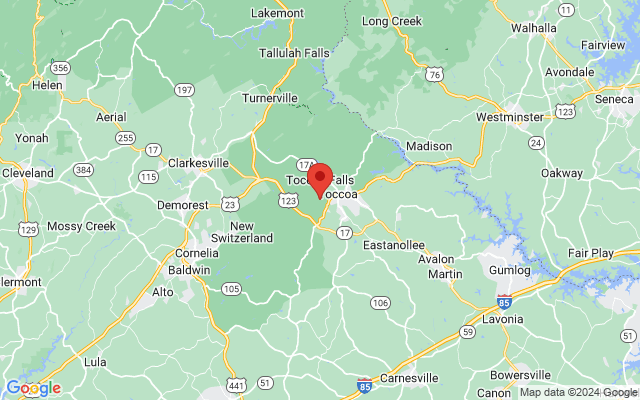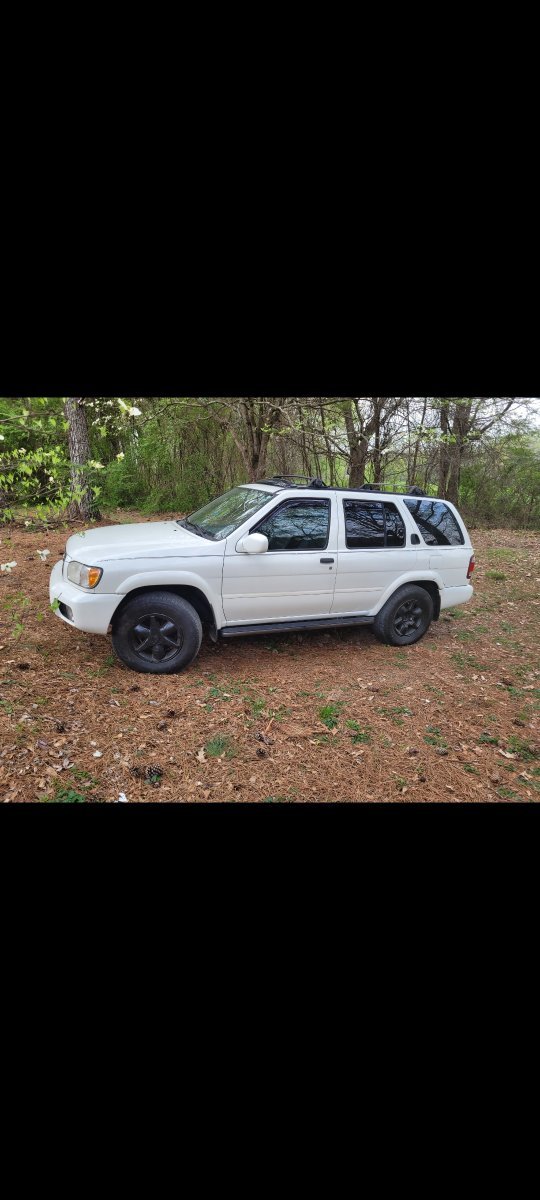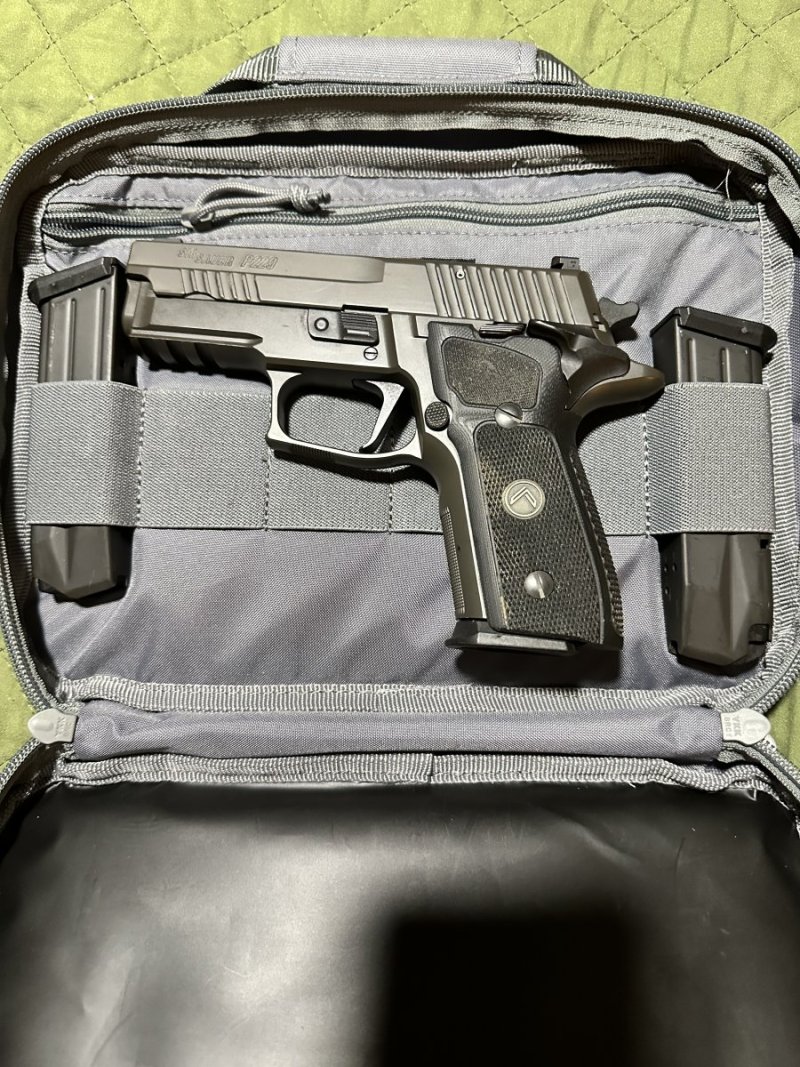
Item Name: FS AN-MK23 Practice Bomb
Location: Toccoa to Gainesville, Claton to Commerce,
Zip Code: 30577
Item is for: Sale Only
Sale Price: $25 Plus Shipping ($10 USPS flat rate)
Caliber: Large Mini
Willing to Ship: Yes
Bill of Sale Required?: No
Item Description: I believe this is an AN-MK23 Practice Bomb. I'm sure due to the tail ring / base. It is very possible that the base was added. I do know that my lovely wife's grandfather was a turret gunner on a B-24, and we did get this from his estate years ago. However, we have no providence.
Whatever type of practice bomb it is, it's man-cave approved, and World War Cool.
You'll be the envy of your friends when you bring this to the range. Just think of Cleavon Little saying " 'Scuse me while I whip this out!"
The felted bottom allows it to sit upright and not mark your mahogany or koa wood topped desk. Yet, the unfinished rustic patina provides the tough look of toughness that tough guys deserve.
Hollow and NOT armed! Not live ordnance! Not an explosive device!
No Bill of Sail (I spelled it incorrectly on purpose) required! Will mail! (Flat rate USPS for $10).
$25 and it's yours!
Pictures:





Height : About 8 & 3/4 inches.
Base Width: Approx. 3 & 3/4 inches.
Diameter: Approx. 2 & 1/8 inches.
Circumference of bomb: Approx. 7 inches.
Hole diameter: Approx. 7/8".
http://nebraskaaircrash.com/practicebombs/anmk23.html
"AN MK-23 PRACTICE BOMB
The AN MK-23 practice bomb was one of three similar miniature practice bombs used for low-altitude horizontal or dive bombing practice during WWII. The other two were the AN MK-5 and the AN MK-43. The MK-23 has an overall length of 8.25" and is made of cast iron. The diameter at its largest point is 2.18". The fins are 2.5" in length. The weight, when empty, but with firing pin was 2 lbs-14 oz. while when armed was approximately 3 lbs-0 oz.
The main differences among the three miniature bombs were that the MK-23 was made of cast iron, the MK-5 was made of zinc-alloy, and the MK-43 was made of lead-antimony. This gave each bomb a different weight for a different purpose. All three bombs used a 10-gauge shotgun shell as the signal (AN MK-4) as explained below. The MK-23 was the most common of the miniature practice bombs and was mostly used for land targets, but could not be used against armored-deck target boats. Five bombs could be carried in the MK-43 Bomb Rack and eight could be carried in the MK-47 Bomb Rack which is explained below.
The AN MK-4 spotting charge consisted of an extra long 10-gauge blank shotgun shell that was inserted into the hollow chamber of the bomb. The primer end of the shotgun shell was downward so the blast would go upwards through the tail section upon impact. In the nose of the MK-23 were two small holes where a cotter pin was inserted. This pin went into a firing pin which then fired the primer on the shotgun shell. There were two slightly different firing pin assemblies that were interchangeable and functioned basically the same. The shotgun shell fit loosely in the chamber when inserted into the nose, but it could not fall out the bottom. There was a space between the primer end of the shotgun shell and the firing pin. Upon impact, the inertia caused the shotgun shell to come forward into the stationary firing pin. The other firing pin design had the inertia of the hit drive the firing pin backwards into the shotgun shell.
The MK-47 miniature practice bomb rack used for dive bombing was a long cigar-shaped metal box which held eight miniature bombs in separate compartments. It released the bombs one at a time by electronic controls of the pilot. Each bomb was thrown clear of the plane by a spring inside the compartment."
OP NOTE: This example does not have the hole for the cotter pin described on the page referenced above.
Location: Toccoa to Gainesville, Claton to Commerce,
Zip Code: 30577
Item is for: Sale Only
Sale Price: $25 Plus Shipping ($10 USPS flat rate)
Caliber: Large Mini
Willing to Ship: Yes
Bill of Sale Required?: No
Item Description: I believe this is an AN-MK23 Practice Bomb. I'm sure due to the tail ring / base. It is very possible that the base was added. I do know that my lovely wife's grandfather was a turret gunner on a B-24, and we did get this from his estate years ago. However, we have no providence.
Whatever type of practice bomb it is, it's man-cave approved, and World War Cool.
You'll be the envy of your friends when you bring this to the range. Just think of Cleavon Little saying " 'Scuse me while I whip this out!"
The felted bottom allows it to sit upright and not mark your mahogany or koa wood topped desk. Yet, the unfinished rustic patina provides the tough look of toughness that tough guys deserve.
Hollow and NOT armed! Not live ordnance! Not an explosive device!
No Bill of Sail (I spelled it incorrectly on purpose) required! Will mail! (Flat rate USPS for $10).
$25 and it's yours!
Pictures:
Height : About 8 & 3/4 inches.
Base Width: Approx. 3 & 3/4 inches.
Diameter: Approx. 2 & 1/8 inches.
Circumference of bomb: Approx. 7 inches.
Hole diameter: Approx. 7/8".
http://nebraskaaircrash.com/practicebombs/anmk23.html
"AN MK-23 PRACTICE BOMB
The AN MK-23 practice bomb was one of three similar miniature practice bombs used for low-altitude horizontal or dive bombing practice during WWII. The other two were the AN MK-5 and the AN MK-43. The MK-23 has an overall length of 8.25" and is made of cast iron. The diameter at its largest point is 2.18". The fins are 2.5" in length. The weight, when empty, but with firing pin was 2 lbs-14 oz. while when armed was approximately 3 lbs-0 oz.
The main differences among the three miniature bombs were that the MK-23 was made of cast iron, the MK-5 was made of zinc-alloy, and the MK-43 was made of lead-antimony. This gave each bomb a different weight for a different purpose. All three bombs used a 10-gauge shotgun shell as the signal (AN MK-4) as explained below. The MK-23 was the most common of the miniature practice bombs and was mostly used for land targets, but could not be used against armored-deck target boats. Five bombs could be carried in the MK-43 Bomb Rack and eight could be carried in the MK-47 Bomb Rack which is explained below.
The AN MK-4 spotting charge consisted of an extra long 10-gauge blank shotgun shell that was inserted into the hollow chamber of the bomb. The primer end of the shotgun shell was downward so the blast would go upwards through the tail section upon impact. In the nose of the MK-23 were two small holes where a cotter pin was inserted. This pin went into a firing pin which then fired the primer on the shotgun shell. There were two slightly different firing pin assemblies that were interchangeable and functioned basically the same. The shotgun shell fit loosely in the chamber when inserted into the nose, but it could not fall out the bottom. There was a space between the primer end of the shotgun shell and the firing pin. Upon impact, the inertia caused the shotgun shell to come forward into the stationary firing pin. The other firing pin design had the inertia of the hit drive the firing pin backwards into the shotgun shell.
The MK-47 miniature practice bomb rack used for dive bombing was a long cigar-shaped metal box which held eight miniature bombs in separate compartments. It released the bombs one at a time by electronic controls of the pilot. Each bomb was thrown clear of the plane by a spring inside the compartment."
OP NOTE: This example does not have the hole for the cotter pin described on the page referenced above.
DISCLAIMER: Always comply with local, state, federal, and international law. The Outdoors Trader does not become involved in transactions between parties. Review our
Privacy Policy
and
Terms of Use
for more information.






